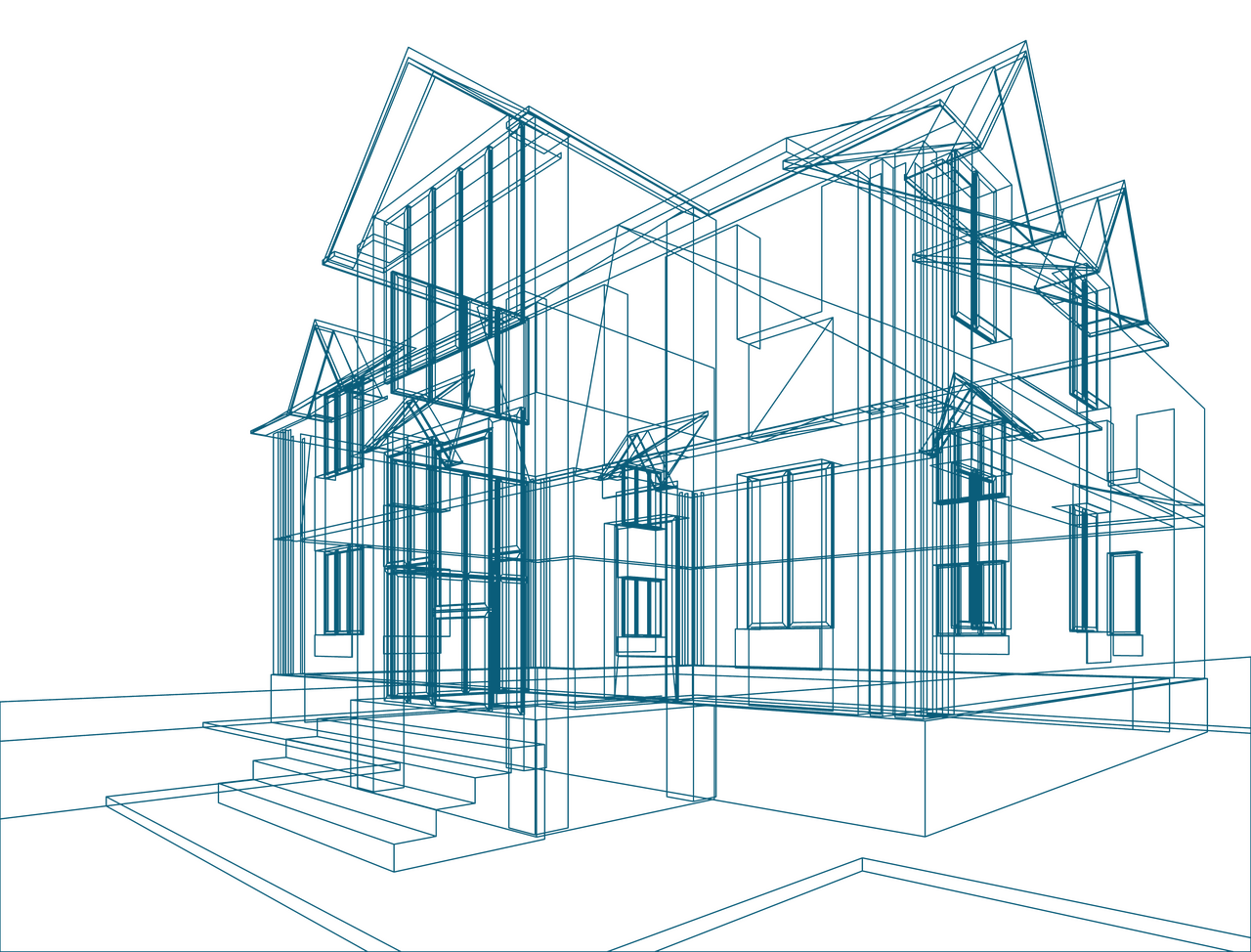

Market report
DIY vs. DIFM
Discover comprehensive market reports on European home improvement trends and insights at USP Research. Stay informed and make informed decisions in the home improvement industry.
News I published 09 November 2023 I Reinier Zuydgeest
Why The Trend Towards More DIFM Reversed And DIY Is On The Rise
You can do a home improvement job in your house in two ways. You can either do it yourself or get someone to do it for you. For years, there has been a steady increase in the share of do-it-for-me (DIFM) jobs and a decline in do-it-yourself (DIY) jobs in the European home improvement market. But that trend has recently turned around.
Many recent changes in the home improvement market can be linked to the disturbing effects of the pandemic that we all experienced. Not least is the dramatic rise in home improvement projects done in 2020 and 2021. However, it would be too easy to blame the shift from increasing DIFM towards more DIY on Corona, as the results of USP Consultancy’s European Home Improvement Monitor show.
The trend broke before COVID
For nearly a decade, we have been monitoring the balance between do-it-yourself (DIY) jobs and do-it-for-me (DIFM) jobs in the European home improvement market. There used to be a slow and steady trend towards more DIFM and, consequently, a gradual decline in the share of DIY jobs. The reasons for this trend were various, but demographics played a major role.
As the population ages, older generations become less capable of doing the home improvement jobs that they used to do themselves. Meanwhile, the younger generation of consumers showed less interest in DIYing on average, resulting in a net decline in DIY jobs and an increase in DIFM. Meanwhile, the market situation was still accommodating in the sense that the labour shortage situation was not that pressing yet, making DIFM a more affordable option.
However, as our results show, the share of DIFM jobs reached its peak in 2018, after which it started to decline. Since then, the share of DIY jobs has steadily been on the rise and is still rising. It is important to note that in 2018 and 2019, there was no pandemic yet. Therefore, the coronavirus crisis cannot be blamed for turning the trend of DIFM versus DIY in the European home improvement market
COVID lockdowns may have acted as a catalyst, though
Although the pandemic may not have been the cause, we know it had a major impact on the home improvement market. More consumers were homebound due to coronavirus restrictions, and they could not spend money on going out or on holidays. That means they had more incentive, time, and budget to do home improvements.
The result was an increase in home improvement jobs done in the European market. Also, many people who would otherwise not do home improvement jobs themselves started doing some DIY jobs during the pandemic. Doing so, they gained some experience, and more confidence and they may have derived joy and pride from doing the jobs themselves.
We know there is a strong correlation between the level of DIY experience and the chances of a person doing home improvement jobs themselves instead of outsourcing them. Chances are high that people who started DIYing during the pandemic continued to do so. So, although the pandemic may not have caused the shift towards more DIY, it acted as a catalyst for that trend.
Labor shortages are the key factor
So if COVID did not cause the trend to break, what did? The dominant reason is that labour shortages started to become more pressing in the construction and renovation sectors in the years before the pandemic, resulting in higher labour costs. This caused many consumers to do home improvement jobs themselves, thereby saving labour costs and investing in materials instead. This included the older generation, who kept DIYing for longer than expected.
At our latest data point, at the end of 2022, we see that the trend towards more DIY is persisting. Meanwhile, labour shortages are an even greater issue than before the pandemic, and inflation and high material costs make consumers even more budget-conscious than before. That is why we expect consumers to continue saving on labour costs. That means the trend towards more DIY will continue, at least in the coming years, until the demographic factor catches up.
For a full overview of the trends and developments in the home improvement market in 11 European countries, we refer you to USP Consultancy’s European Home Improvement Monitor.






